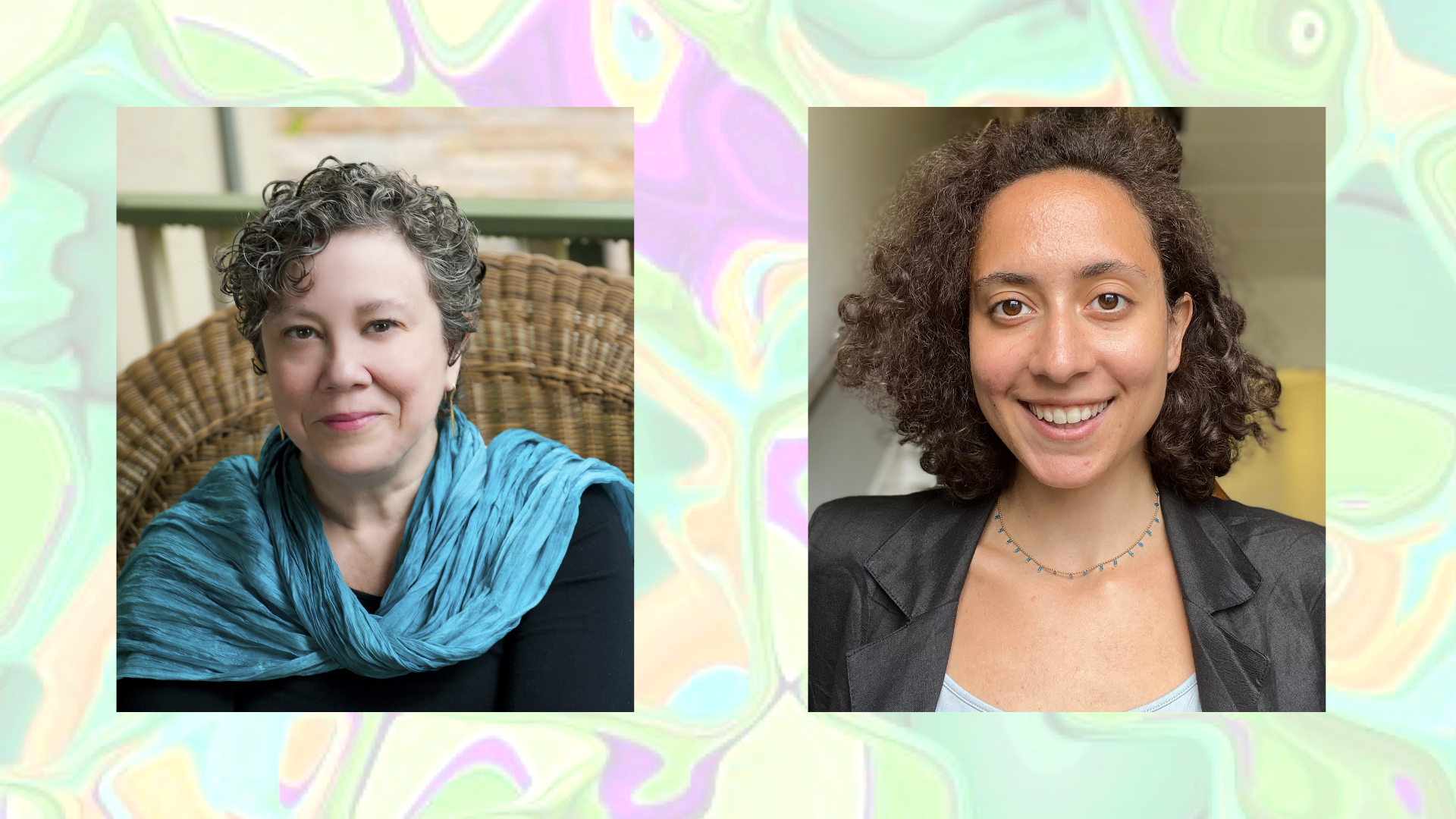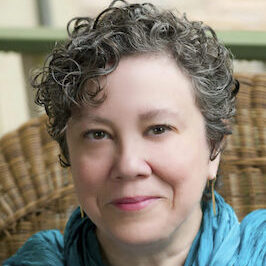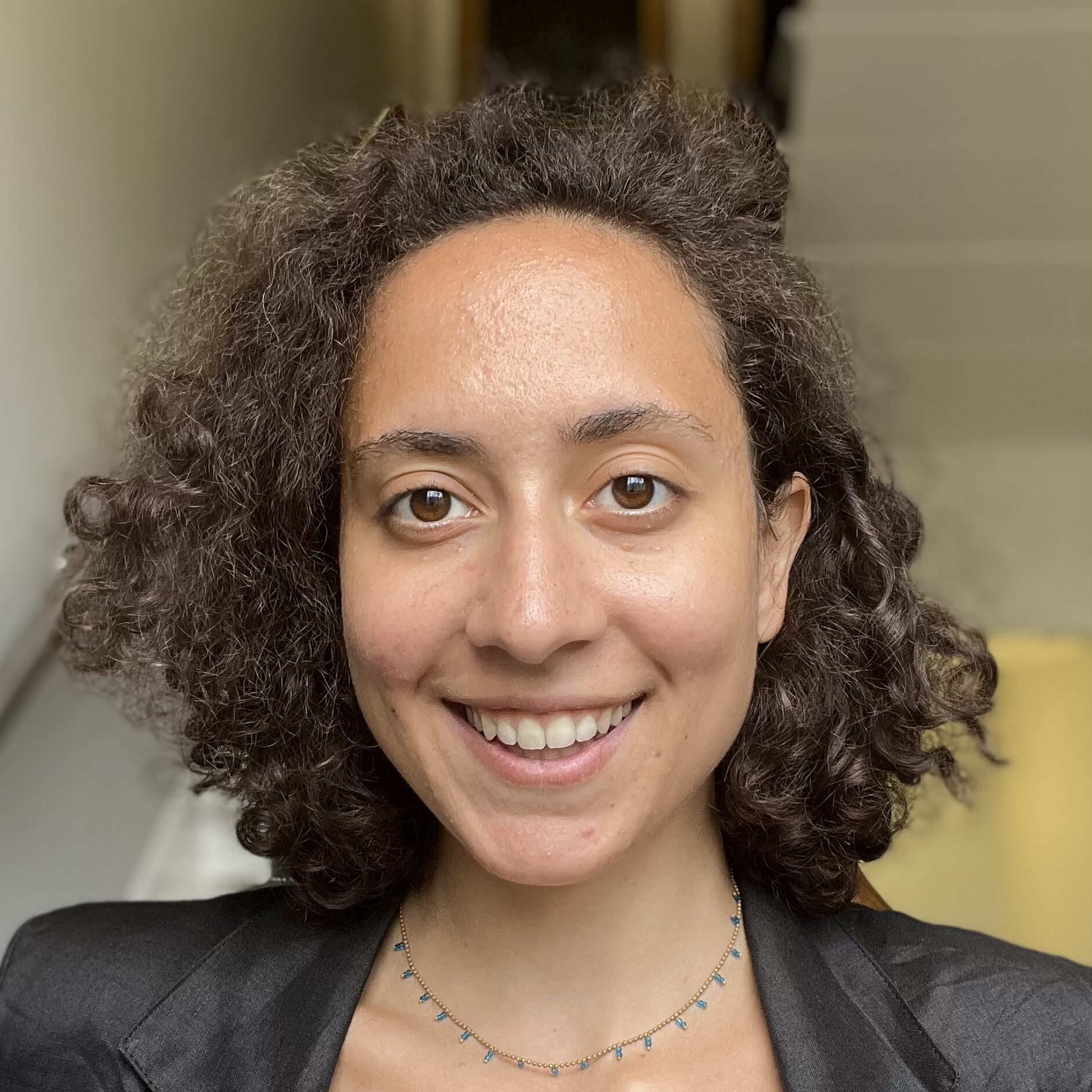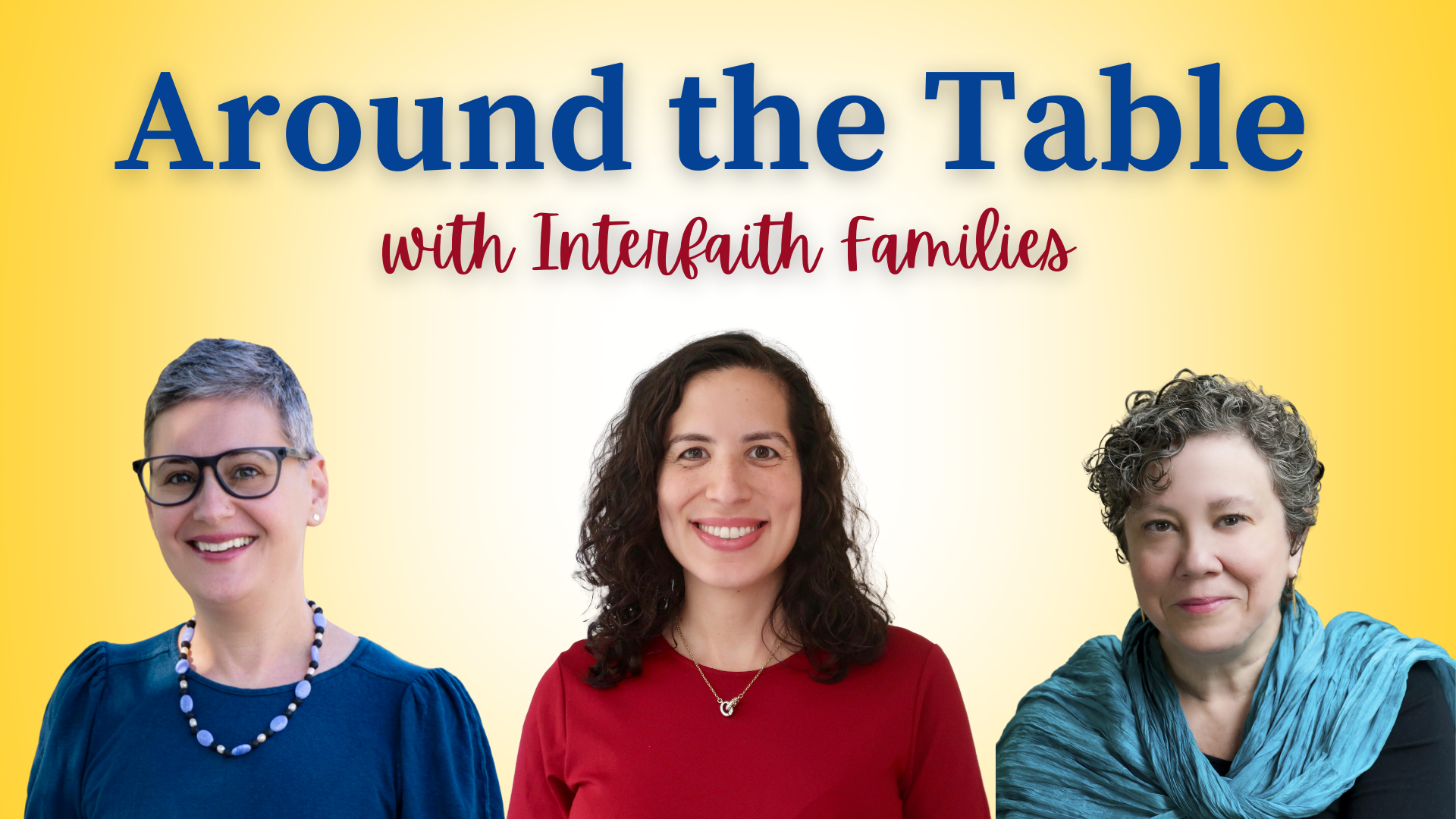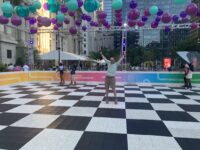This blog post introduces the groundbreaking Interfaith Work and Interfaith Families: A Toolkit, created by journalist Susan Katz Miller and anthropologist Dalia El Ariny. Drawing from their own interfaith experiences and extensive research, the authors explore the unique challenges and transformative contributions of interfaith families in traditional interfaith engagement. The toolkit offers practical steps for organizations to embrace interfaith identities and celebrates the power of lived experiences in fostering dialogue and understanding. With insights into the barriers interfaith families face and the opportunities they present, this post invites readers to join a growing movement toward inclusion, collaboration, and celebrating complexity.
Creating an Interfaith Toolkit
How do traditional interfaith “bridge-building” organizations view interfaith families? Why have they sometimes excluded interfaith families from their work, and what can we do about that? The two of us (IFFP’s Susan Katz Miller and PhD student Dalia El Ariny) recently mentioned our joint project on this topic, at an IFFP Continuing Education session. We live on two different continents (North America and Europe), have different interfaith heritages (Jewish/Protestant and Muslim/Catholic), and come from two different generations. But we share a passion for being interfaith activists–for making sure the voices of interfaith families are heard.
So now, after an international Zoom launch with interfaith organizations and academics, we are excited to share our ‘Interfaith Work and Interfaith Families: A Toolkit’
This project reflects on interfaith families, the barriers they face, and the vital contributions they can make to interfaith engagement work. We see this as a living document meant to grow with feedback, contributions, and the life stories of interfaith families and multiple religious practitioners, as well as contributions from interfaith organizations and researchers working in this field.
Celebrating Our Stories
Interfaith families and identities are an outcome of the cosmopolitan and multicultural world in which we live. The lived experiences of those who navigate multiple religious traditions, identities, and practices are rich with stories of connection, love, patience, and inspiration. Why are we then so often overlooked in the work of traditional interfaith “bridge-building” organizations? And why is there not more academic research looking at the transformative power of interfaith families?
The toolkit addresses these questions and aims at:
- sharing what we have learned through fulltime relationships across religious boundaries in our families–or through embodying more than one set of religious practices or ancestries,
- encouraging organizations to allow interfaith families & practitioners to bring our whole selves to interfaith engagement, and
- beginning a conversation on how interfaith family members, interfaith organizations, and interfaith academic researchers can benefit from working together.
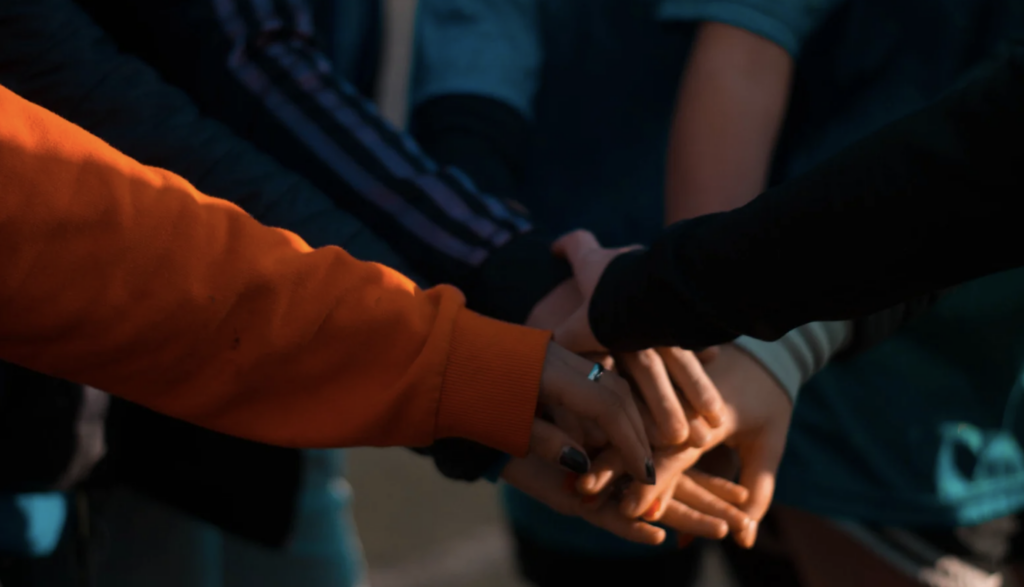
A Growing Reality
Across the globe, interfaith families and multiple religious practitioners are not a marginal group. According to recent studies, approximately 20% of U.S. adults grew up in interfaith families, and nearly 19% of U.S. adults practice more than one religion. In the UK, anecdotal evidence reported in the media (e.g., Aljazeera 2012; The Guardian 2012; The Guardian 2013) implies an increase in interfaith marriages. The 2021 Census in England and Wales surveyed multi-religious households for the first time, finding that in some neighborhoods of London, interfaith households make up more than 4% of the total.
The Barriers We Face
Interfaith families still face significant challenges when engaging with both religious institutions and interfaith organizations. We are often met with suspicion, as if engaging with us risks “diluting” or “blending” other people’s religious practices. When we do enter interfaith engagement spaces, we are often asked to leave our multifaceted religious connections, identities and belongings outside, to fit into one, well-defined box. Lack of funding, unsettled terminology and academic studies split in different silos, make it difficult to find each other, and build a complete archive of resources.
These barriers make us invisible. Many of us feel a reluctance to be activists, or to make good trouble. We feel compelled to minimize or conceal our interfaith background/connections to fit in. This leads us to believe that an interfaith background is something private and unimportant (or shameful). Ultimately, this reluctance contributes to the lack of a larger movement advocating for our inclusion in interfaith engagement. But things are changing, as more and more people raised in interfaith families, and multiple religious practitioners, start occupying spaces in interfaith work, research and also in religious institutions.
What We Bring to the Table
Interfaith families offer something unique to interfaith dialogue. Growing up in an interfaith family means being able to accept that two seemingly incompatible view points might be true at the same time. Because religious differences are omnipresent in our everyday lives, we have a tendency to develop curiosity about other religions and enjoy learning about them. We are forced to think outside the box and find ways to respect and honor all the religions in our households. We visit multiple places of worship, learn multiple prayers, and whatever our choices for our own practice, we learn to be there for our loved ones. In our families, we learn to think deeply about our traditions, rather than taking them for granted.
These lived experiences often place us on the progressive end of any spectrum of religious practice. Or, they can make us feel like outsiders. As a result, we have a tendency to understand other marginalized communities as allies, and work to become social change agents. That can mean fostering interfaith dialogue/engagement, or other forms of bridge-building.
Practical Steps for Change
What are the initial steps that interfaith organizations can take to benefit from the presence of interfaith families, people, and practice?
- Ask people how they live their religious, spiritual, or secular lives, rather than seeing an individual as representing a fixed religious label. Ask them to tell their own stories in all their complexity.
- Fix forms to allow people to check more than one religion box, or describe their own labels.
- Invite experts to train staff on interfaith families and multiple religious practice.
- Publish resources and establish links with individuals and organizations working on this topic.
- Design events around interfaith identities: invite speakers with interfaith heritage or practices, or academics with expertise on this topic.
- Plan all interfaith panels or programs to better reflect our current reality by including people with complex religious identities, practices, or formation.
- Add acknowledgement of interfaith families and multiple religious practice to Religious Pluralism, Interfaith Studies, and World Religions curricula.
Looking Ahead
As we move into 2025 and beyond, take a moment to think about the beauty of your traditions and communities. Explore them, talk about them, and wear them proudly. Think of your multiple religious connections not as something to hide, minimize and squish to conform, but as part of a sea change. Together, we can create a future where multiple religious identities, affinities and practices are not only accepted but celebrated, and where interfaith families play a leading role in building bridges across religions.
Thank you for your support. We look forward to the conversations the toolkit will spark, and to receiving your feedback, thoughts and contribution. You can reach out at susankatzmiller@cs.com or elarinydalia@gmail.com.
